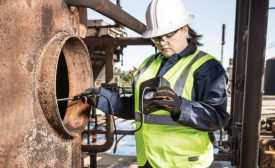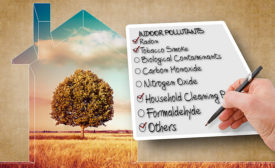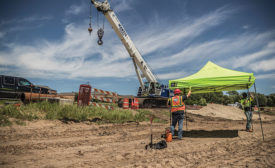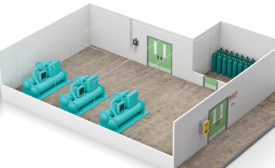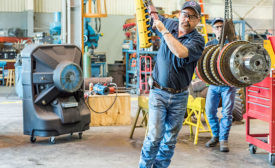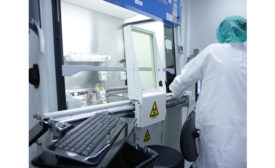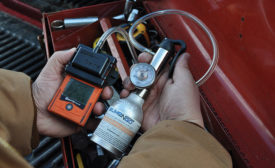Industrial Hygiene
Know why and how incidents occur to reduce confined space danger
Creating safer spaces
July 13, 2018
Home Indoor Air Quality (IAQ) assessments present challenges
Today’s indoor generation
July 5, 2018
Control exposure & hydration to prevent heat-related illnesses
Summer Meltdown
June 1, 2018
Control refrigerant gas in HVAC mechanical equipment rooms
Detecting & reducing Toxic Leaks
May 31, 2018
Develop a heat-related injury and illness prevention program
Warm up to prevention
May 29, 2018
Never miss the latest news and trends driving the safety industry
eNewsletter | Website | eMagazine
JOIN TODAYCopyright ©2024. All Rights Reserved BNP Media.
Design, CMS, Hosting & Web Development :: ePublishing

